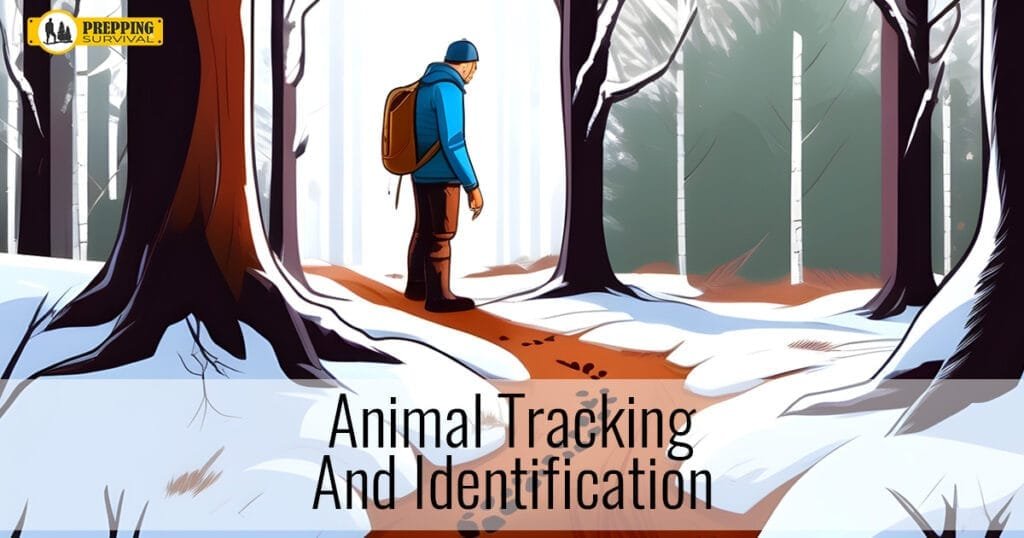Cyber threats aren’t just “out there” anymore—they’re part of everyday life. From fake emails trying to trick you into clicking a link, to criminals locking up a company’s files for ransom, the dangers are real and constant.

Approx reading time: 3 minutes
Master the art of animal tracking and identification, and you unlock a world of opportunity and safety in the wilderness. This skill isn’t just about survival—it’s about thriving in nature, being intimately aware of your surroundings, and making informed decisions that ensure your safety and wellbeing.
By honing these abilities, you’ll be able to locate key resources, such as water and food, make intelligent choices about navigation and shelter, and importantly, steer clear of potential threats from wildlife.
But animal tracking and identification is more than just identifying footprints. It’s about decrypting the intricate messages left behind in nature’s diary – signs like scat, scratches, feeding sites, bedding areas, and more. Each element is a chapter in the story of the animal’s life- its size, behaviors, diet, and the path it took.
Footprints, for instance, reveal so much more than just the type of animal. They whisper tales about the animal’s weight, its recent activities, and even the direction in which it went. The pattern of the tracks can reveal whether the animal was leisurely walking, sprinting, or even on a hunt.
Analyzing scat is like being a detective, unraveling clues about the animals’ presence and diet. It can point you towards potential food sources and areas and alert you about the presence of predators or rivals. For example, seeds or plant matter in the scat are a sign that herbivores are nearby, while fur or bones are evidence of carnivorous activity. This information is invaluable in determining whether an area is safe to camp or whether you need to be on high alert.
Scratches on trees or the ground are like signposts, marking territories or pointing towards food sources like nuts and berries. They can lead you to resources for survival or warn you about potential threats.
Feeding sites and bedding areas are like breadcrumbs left behind by animals, providing invaluable insights into their habits and movements. They can indicate the presence of game animals, offering hunting opportunities, or signal the presence of predators, urging caution.
Understanding animal behavior is equally crucial. Knowledge of their activity patterns and reactions to human presence can help you avoid dangerous encounters and identify the best times for hunting or foraging. Remember, many predators are nocturnal, so daylight hours are often safer for movement and foraging.
Remember, tracking and identifying animals is not just about survival or adventure, but also about respect and coexistence. It’s about maintaining a safe distance from animals, not disturbing their habitats, and leaving minimal impact on their signs and tracks. This respect ensures the sustainability of the ecosystem and the safety of both you and the animals.

Mastering animal tracking and identification is a journey of patience, observation, and continuous learning. But the rewards are substantial—enhanced safety, availability of food and water, and a deeper connection with nature.
By developing animal tracking and identification skills, you’re not just surviving the wilderness—you’re thriving in it, and doing so responsibly and sustainably. It’s a promise of a richer, safer, and more rewarding wilderness experience.